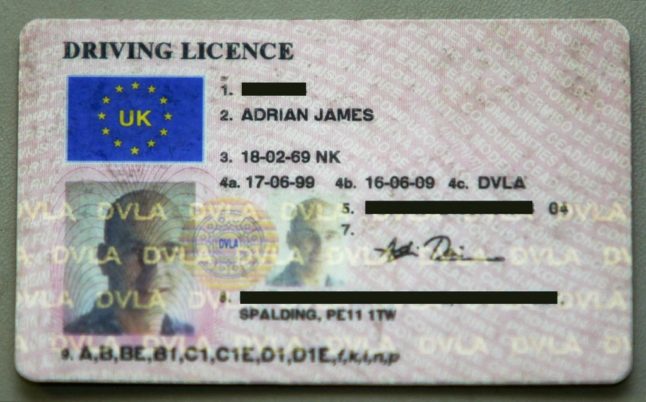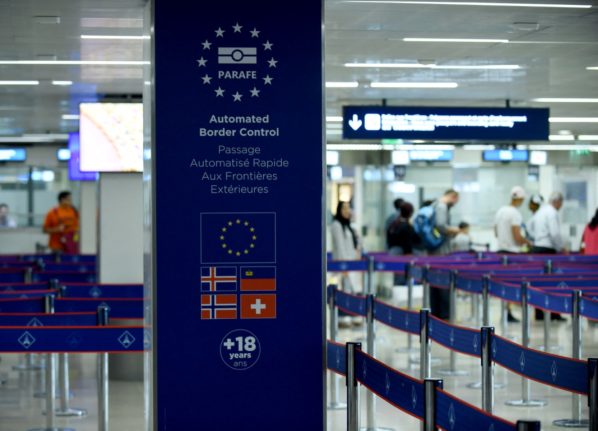Question: I keep reading about these problems with UK driving licences and now I’m worried – is my UK licence invalid or can I still drive in France?
The saga of swapping UK driving licences for French ones has been a long and painful one, even by Brexit standards. But the situation at present is that Brits living in France need to swap their licence for a French one before the end of the year – except that no applications for exchanges are currently being accepted because the UK and France have so far failed to reach a reciprocal agreement on this.
So what does this mean if you’re in France and you need to drive?
If you are a tourist or visitor this doesn’t affect you – visitors to France can continue to use their UK licence and don’t need an International Drivers Permit.
If you are a permanent resident in France you will need to swap for a French licence, but French authorities have agreed to continue recognising UK licences until December 31st, 2021, so for now you can keep on driving legally.
If your UK licence has expired or is about to expire then you have a problem. UK licences expire once the holder reaches 70 while people with certain medical conditions need to renew their licence regularly and these people are caught in an impossible situation – they cannot renew their licences in the UK because they do not live there and they cannot swap it for a French one because applications are not currently being accepted. The Local has spoken to people, many of them elderly, now stranded in rural France with no driving licence. We have asked British authorities what they advise their nationals in this situation to do but have not received any guidance.
If you have already swapped your licence for a French one then you’re all good, there is no need to take any further action. Many UK nationals resident in France before 2018 have made the swap, but from 2018 applications were frequently returned and since 2019 there has been a block on UK licence holders swapping their licence for a French one, unless they met certain criteria.
So what can UK driving licence holders do now?
There are only really two options – wait and hope that the British and French governments come to an agreement (negotiations are apparently ongoing) or take a French driving test.
The French driving test is complicated, involving both a theory and a practical test and also expensive – a certain number of lessons is compulsory even for experienced drivers and the total cost of both tests and lessons averages more than €1,000.
If you choose to wait, you could sign this petition while you’re waiting, it calls on the UK government to end the impasse and make an agreement.
READ ALSO Four years and €1,800 – taking the French driving test as a foreigner



 Please whitelist us to continue reading.
Please whitelist us to continue reading.
Although a reciprocal is being asked for, as a French person, you can apply on line from GOV.UK website for a “D1” pack which allows you to swap your French Licence for a UK one. It’s costs £43 (48 Euros) and I’d be happy to give the French Government 50 Euros just to get this completed…
O.K. i am trying to get my head around his very distressing situation. If, as you say, a French person can exchange there driving license in England – albeit for a small fee. Then it would appear that the problem lies with the French government, we in France thought the UK were to blame. Can anyone please solve the puzzle?
Can you still swap your french licence for a uk one if your over seventy. I am british